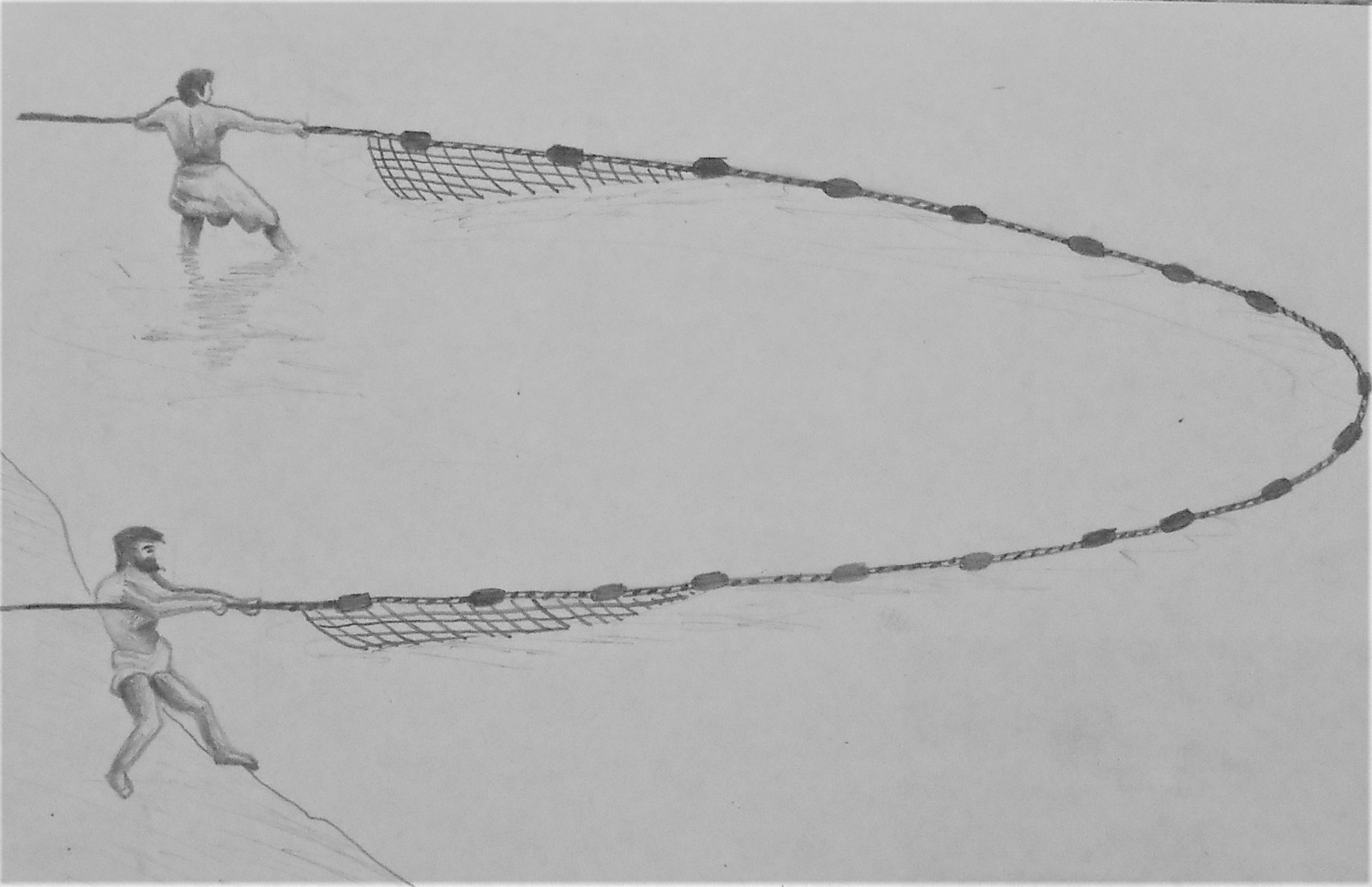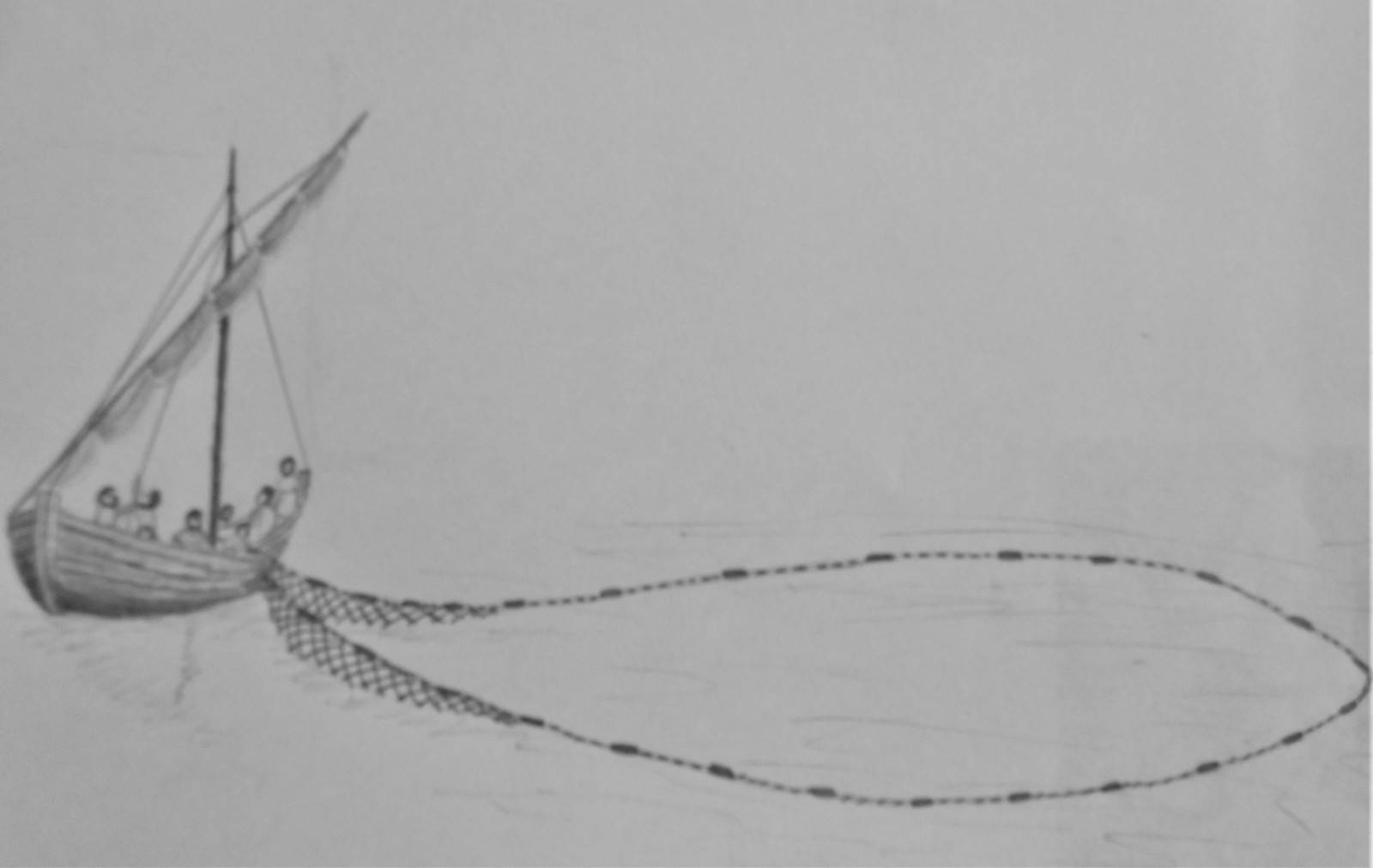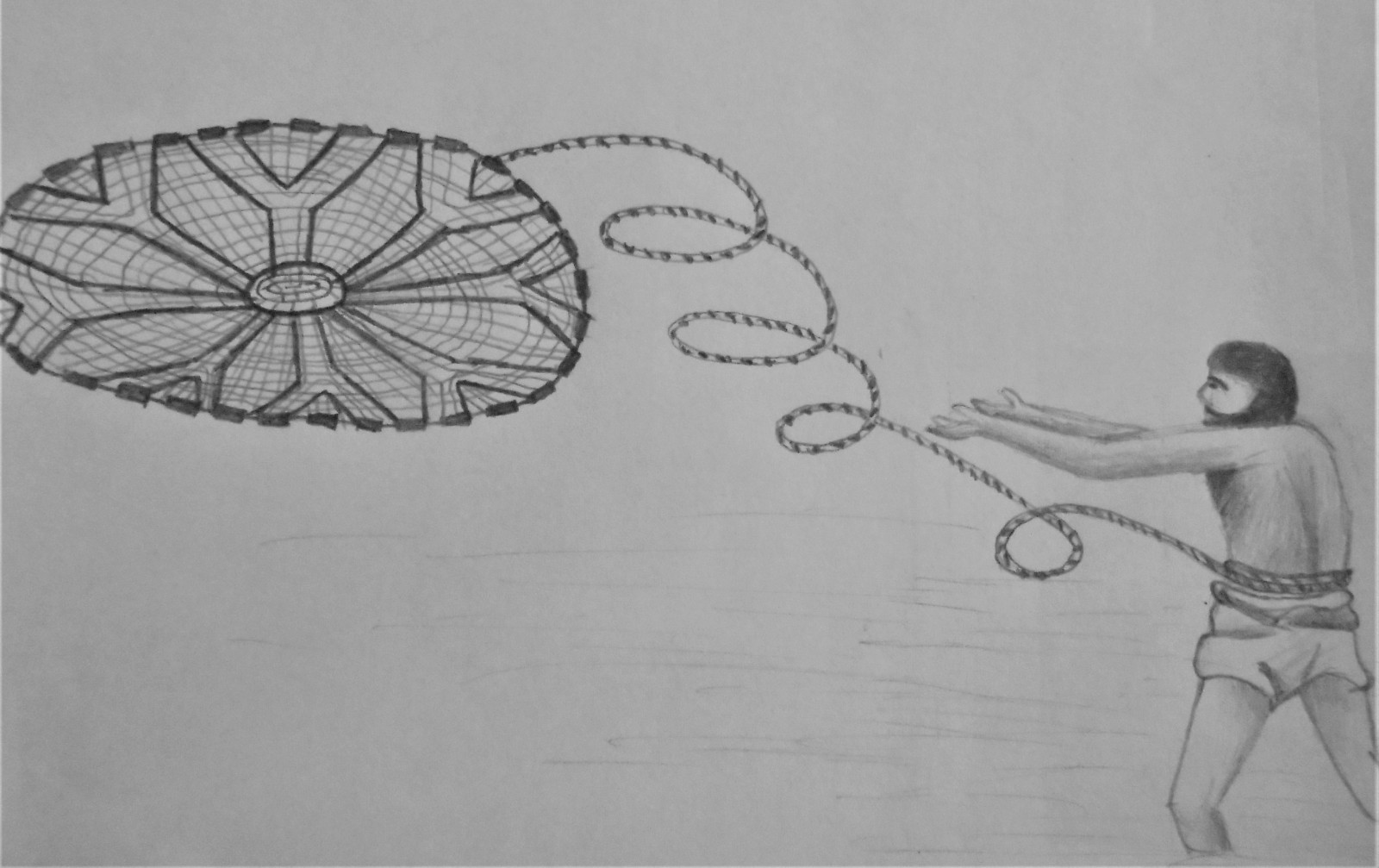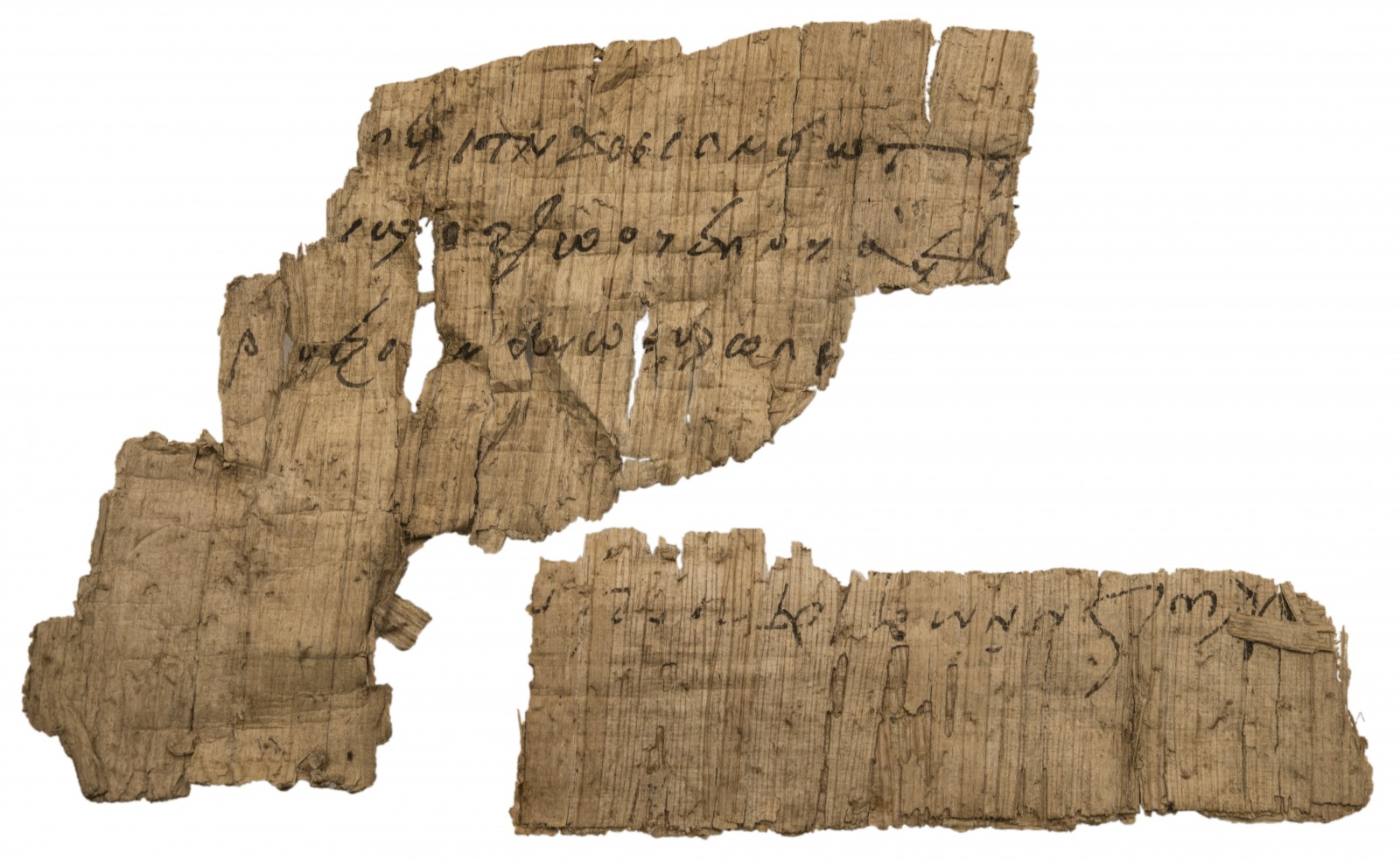What profession would you have chosen? Working and choosing a profession in the first century of our era
Sitting comfortably at the computer for many hours a day, many people wonder what their ancestors’ professional life was like. To find out, I suggest you to not go back to 1000 years, not even 500 years, but 2000, at the time of Herod the Great, Jesus and Roman Emperor Tiberius.
In the 1st century AD, the different professions corresponded to the demands, the population’s natural needs, as well as private and public orders.
This article is not thorough: we will present you only a few selected professions. Firstly, 2000 years ago in Judea, many professions dependended on politicians’ and private citizens’ orders. Public buildings, such as aqueducts, amphitheaters or administration buildings were built by soldiers of the Roman army. Legion X Fretensins, stationed in Judea at the time of Christ has left a lot of testimonies, among which stamps in terracotta, a sort of mark of their work, now displayed in the Jerusalem Terra Sancta Museum.

The construction of private buildings required local and skilled manpower. Herod the Great, king of Judea is known for having realized titanic construction projects: palaces, strongholds, harbors, the expansions of the Temple in Jerusalem and the construction of the city. Among them, Sepphoris in Galilee (now Tzipori, ציפורי), is one of his best endeavors. The building of this city required many construction- and wood-workers. Located near Nazareth, it has been assumed that carpenters named Joseph and Jesus worked in Sepphoris. Woodworkers, ‘Naggar’ in Aramaic, were skilled in realizing complex objects, such as wooden doors or shutters. Woodworkers were recognizable by the toolbox – with nails, mallets, etc – that they carried with them. Some of these tools are also displayed in the Terra Sancta Museum:

If we move further West, we reach the shores of the Sea of Galilee (Lake Kinneret), around which, two thousand years ago the main activity was fishing. The Gospels tell us that Jesus lived in a fishermen’s village named ‘Kfar Nahum’ (‘consolation’s village’) among men such as Peter, James, and John, son of Zebedee. Jesus will use many words used during fishing for his speeches and parables.
Fishing was a useful activity to nourish populations and was a rather demanding activity. The lake was rich in fish that followed the warm currents. In order to find them and perform a “miraculous” catch of fish, fishermen needed to be skilled and use these different techniques:

- Seine: a 400 meters-long and 4 meters wide net, equipped with floats on the surface and weights. Some of the crew stay ashore, whereas the others unroll the net forming a loop on the boat, and get back to shore to help the first team to catch fish with the net.

- Trammel: thrown into deep water from a boat, this net wraps the fish like a trap and is towed back to shore.

- Net casting: a circular net of six meters in diameter equipped with lead weights thrown from the shore or from a boat. Once full of fish, the fisherman had to dive to fold the edges of the net where fish has been caught and brought it back to the ground. Since this fisherman dived often, he was naked. This explains Peter’s clothing in John’s 21.7 episode: “Then the disciple whom Jesus loved said to Peter:” It is the Lord!”. As soon as Peter heard him say, “It is the Lord”, he wrapped his outer garment around him (for he had taken it off) and jumped into the water.
Lastly, this section ends with a description of basic education and of the knowledge these workers had.
At that time, it was the father’s duty to educate his son and teach him a profession. In Judaism, learning the Torah (written law) and the oral law was even more important. Schools introduced children to the Torah at an early age. Since the age of five, they learned to read the sacred texts, then at the age of 10, they began to learn the Oral Law. By the age of 13, they mastered both. This transmission often took place in synagogues, the community’s meeting places. Girls did not go to school but were often educated by their parents.
There is little doubt that, in addition to Aramaic language, people spoke also Greek, which was the language of business and exchange. Probably Jesus spoke Greek as well, first of all, because he worked in a region where people spoke Greek (Galilee, near the Decapolis) and also because if he had not learned this language it would have been difficult for him to talk to the Roman procurator Pontius Pilate.
In conclusion, it is very likely that at the time of Christ everyone could read, write and count. The choice to practice a specific profession did not depend on personal aspirations. In fact, professions were often handed down from parents to sons or they corresponded to the demands (food demands as well as private and public professions).





